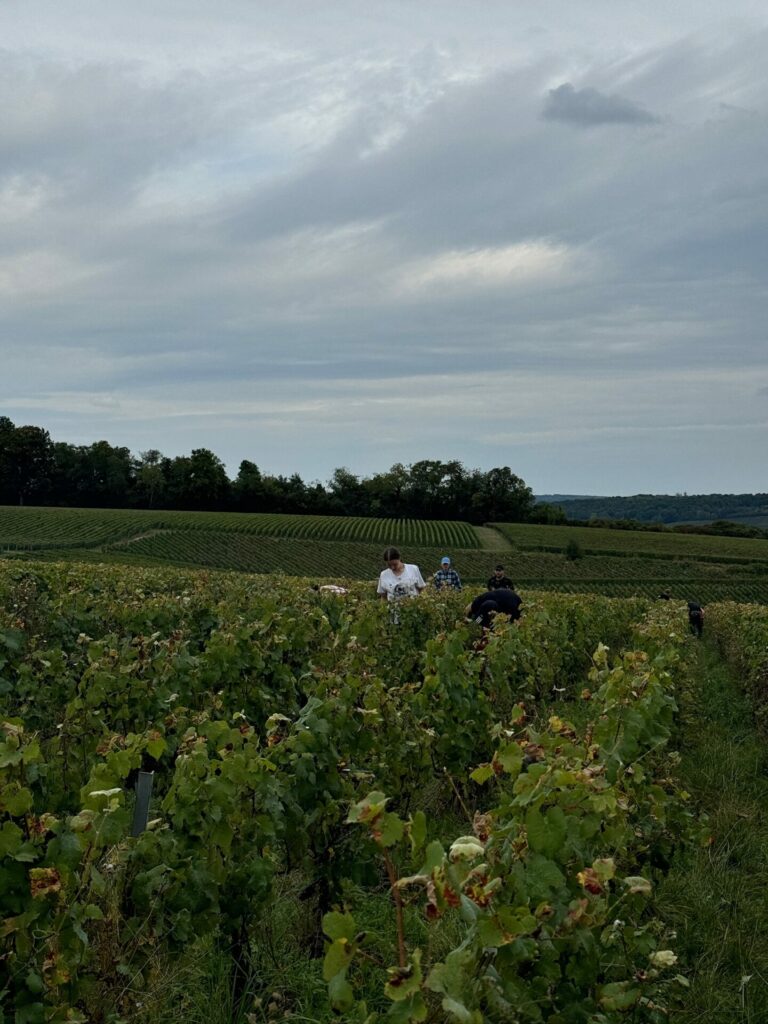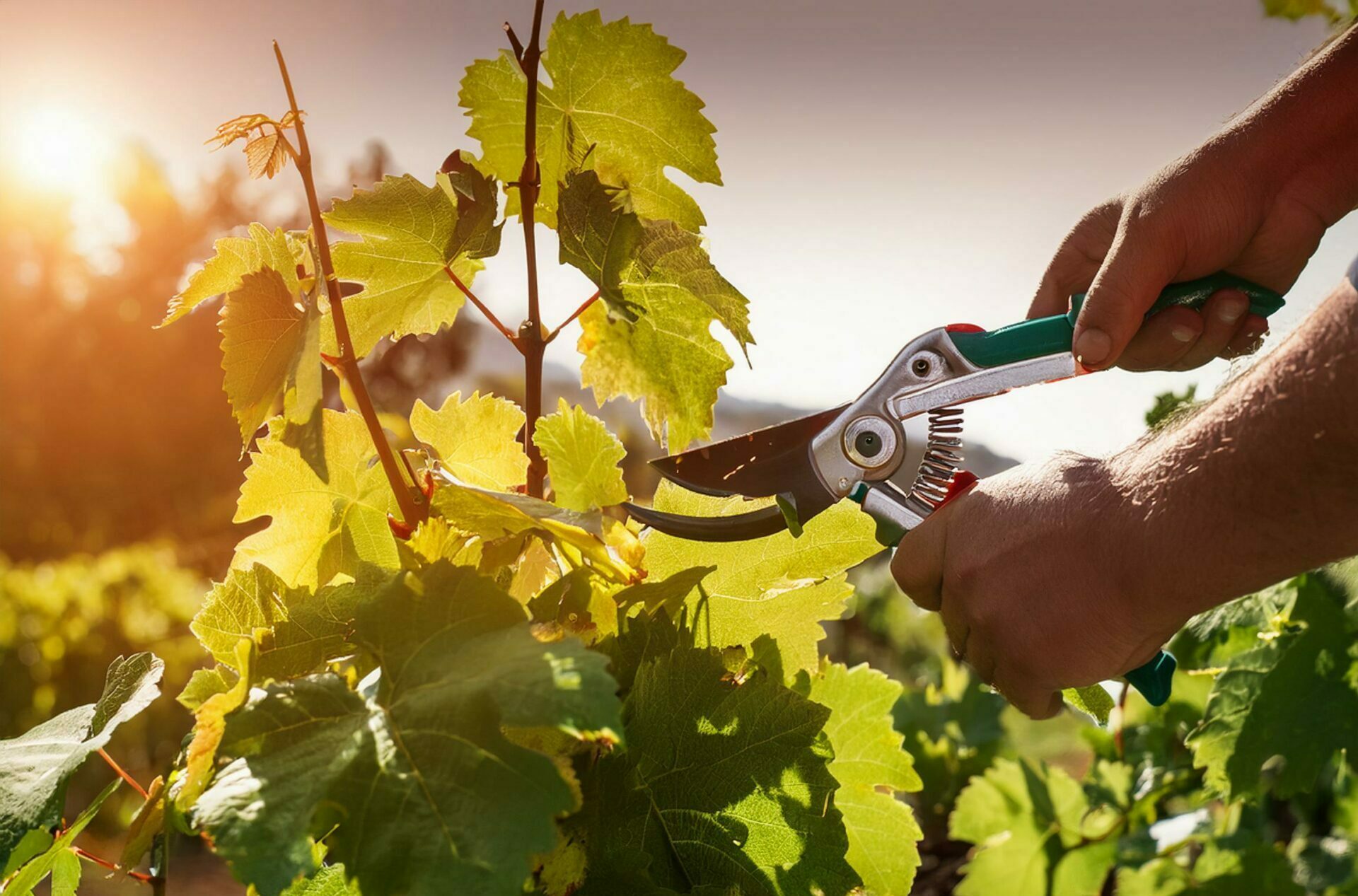
For an exceptional gastronomic moment, combine the finesse of fish with the elegant bubbles of an exceptional champagne. The Champagne Brut Prestige from Champagne Aspasie, with its delicate aromas of anise, buttercup and acacia, and its blend of carefully selected grape varieties, highlights the subtlety of a fillet of sole in saffron sauce. Discover how this refined dish and champagne perfectly balance each other for an unforgettable experience.
Ingredients
- 2 fillets of sole
- 1 shallot, finely chopped
- 100 ml thick sour cream
- 1 dose of saffron (approximately 0.1 g)
- 100 ml of fish stock
- 1 tbsp. tablespoon of butter
- Salt and pepper to taste
Preparation :
Preparation of the saffron sauce : In a small saucepan, melt the butter and add the shallot. Cook gently until it becomes translucent. Add the fish stock and reduce by half to concentrate the flavors.
Incorporating the cream and saffron : Add the sour cream and the dose of saffron, then simmer over low heat for 5 minutes. The sauce will thicken slightly, ideal for coating the fish. Season with salt and pepper to taste.
Cooking the sole fillets : In a pan, melt a knob of butter and cook the sole fillets seasoned with salt and pepper, about 2-3 minutes on each side, until they are golden and tender. . Quick cooking preserves the delicate texture of the fish.
Dressing and serving : Arrange the sole fillets on a plate and cover them generously with saffron sauce. For a touch of elegance, add a few sprigs of chives or a pinch of sweet pepper.
Tasting Tips :
To fully appreciate this combination, serve Champagne Brut Prestige d’Aspasie chilled, at 9°C, in a slender glass. Its lemony notes and marine minerality go perfectly with the sweetness of the sole and the deep aromas of saffron. The subtle acidity and freshness of the champagne balance the richness of the sauce, enhancing each bite of fish. This dish can also be accompanied by steamed potatoes, sautéed green beans or grilled vegetables.
This alliance between a refined dish and a distinguished champagne offers a perfect balance between finesse and depth, for an exceptional tasting moment. Whether for a special occasion or to impress your guests, this culinary marriage promises a sensory journey full of elegance and harmony.





























